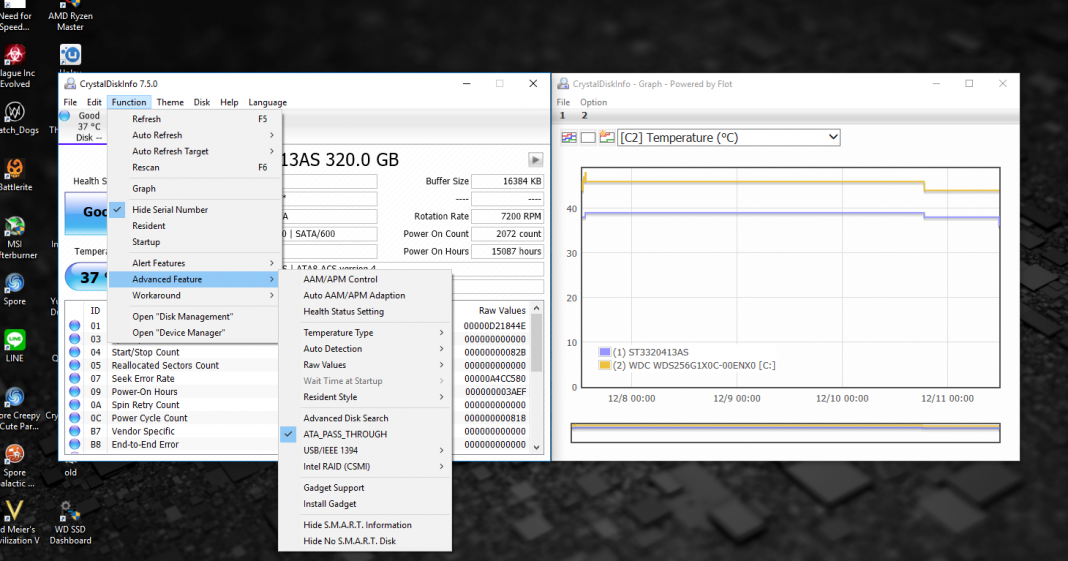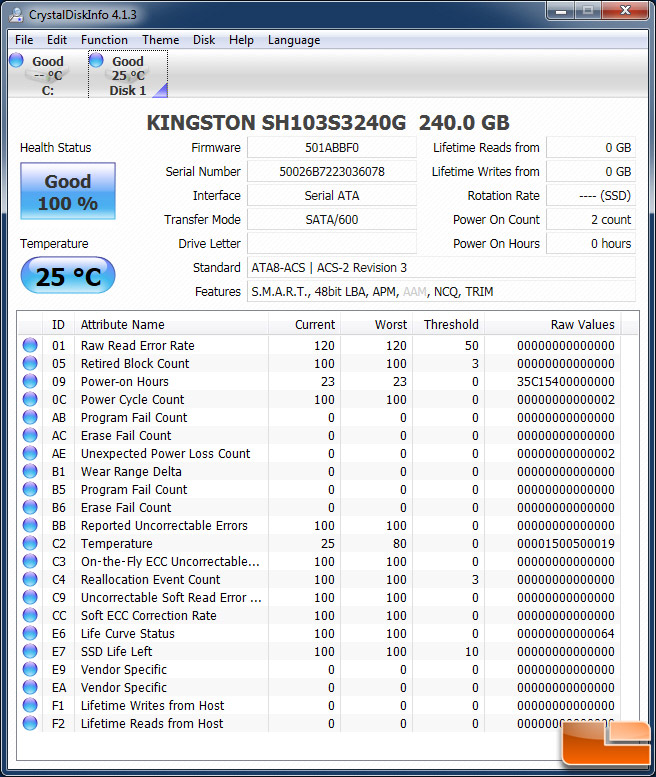
We strongly recommend you to go ahead and disable "Smart response or Acceleration" from Intel® Rapid Storage Technology by following these steps: The same behavior happens with tools such as Samsung Magician and Seagate SeaTools, which are no intended to read the whole RAID volume. Since your hard drives are set into a RAID 0, both software (Intel® Rapid Storage Technology and CrystalDiskInfo*) may not be precise, since they are reading the volume itself and not each hard drive individually. I understand that your system has been showing "At risk (SMART event)" among other alerts related to the hard drives that are running in your setup. Does anyone have a clue what's going on here? Is RST mistaken about the SSD's status? Why is CrystalDiskInfo showing caution on the Seagate if the SMART parameters have OK values? Any ideas? I've backed up the HDD so I'm good on data protection. Without disabling the cache functionality and from within Windows 10, I've tried running Samsung Magician and then Seagate SeaTools, but Magician can't see the Samsung SSD (perhaps not while it's behind an RST RAID?) and SeaTools' Short Test just wouldn't complete (same reason?).

What's intriguing, however, is the CrystalDiskInfo shows a Caution status on the 2TB HDD, despite the flagged C5 and C6 parameter values being perfect: Note that Used Reserved Block Count (Chip), Used Reserved Block Count (Total), and Unused Reserve Block Count (Total) - which Samsung's documentation says determines SSD health - are all far above the 10% threshold. The PC runs Windows 10 Pro 圆4 April 2018 Update Lately, RST has been showing the SSD as "At risk (SMART event):"Ĭlicking "Suppress SMART event" only clears the error temporarily it's back again with a couple hours.ĬrystalDiskInfo, however, shows the SSD as good: (which is the latest RST version that supports the PC's chipset, I gather). I have a Dell XPS 8500 that shipped with a Seagate Barracuda 2 TB HDD and a Samsung PM830 32 GB mSATA SSD (cache volume) configured as RAID 0 in RST 12. Preamble: aside from the status alerts below, I am not experiencing any of the (typical) symptoms of HDD failure.

I replaced the mSATA cache drive with a proper 1 TB model that I now use as the main system drive. That explains why RST thought the drive was dying while CrystalDiskInfo said everything was fine. It appears that RST flags devices once they reach a threshold value, while CrystalDiskInfo only does so once the device has surpassed the threshold value. The "Threshold," or the value below which the drive deems itself near its end of life, is 10.

The key SMART parameter RST was flagging was the B1 Wear Leveling Count one, which starts at 100 when the drive is brand new and decreases throughout its life.


 0 kommentar(er)
0 kommentar(er)
